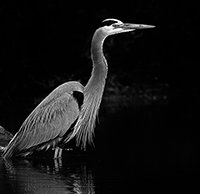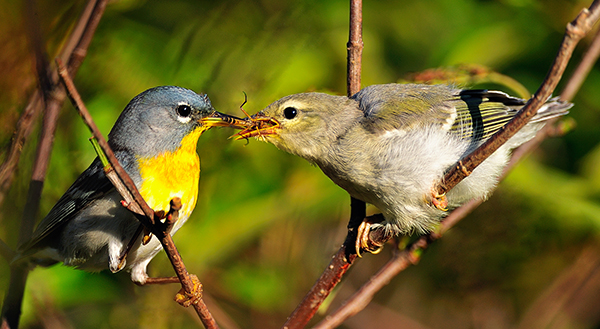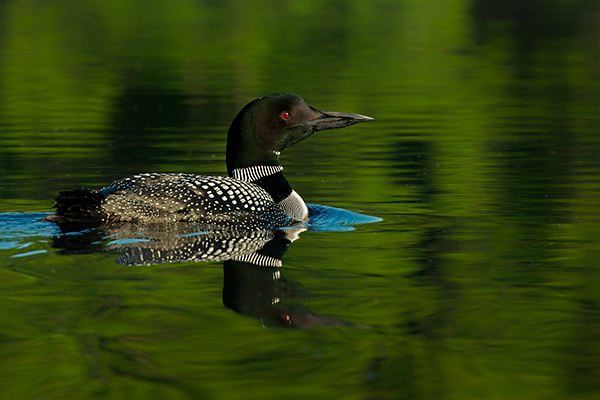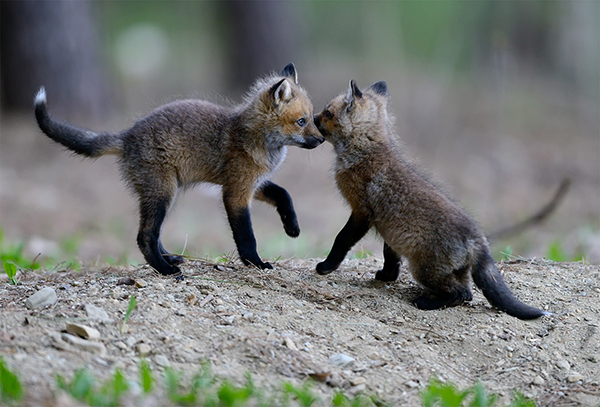How to be an ethical wildlife photographer
posted Thursday, January 14, 2016 at 6:06 PM EST

Wildlife photography, by its very nature, often requires getting somewhat close to wild animals. As Sheen Watkins discusses in a recent article for Light Stalking, this doesn't mean that you should cause stress to your subjects.
Getting a great shot doesn't have to mean damaging the environment or putting animals at risk. In fact, no image is worth "taking actions that put the bird or animal at great risk." Watkins makes this poignant statement, "When you don't have ethics, you don't have authenticity."
Part of what makes the best wildlife photography stand out is that you feel like you're getting a pure glimpse at nature. If you are taking steps to create an image that otherwise wouldn't have existed, such as baiting animals (see the first section of photographer Nathaniel Smalley's article, An Observation of Ethics) then you are not providing the viewer with an authentic image.

Watkins is of the belief (and my experience agrees) that "the majority of nature photographers are interested in preserving and protecting nature." That doesn't mean that everyone with good intentions is always taking the best actions, however. Honest mistakes do occur. Check out this article from the National Audubon Society about ethical bird photography, although it applies to other kinds of wildlife photography as well.
There are many places to capture great wildlife images, such as nature preserves, parks, and even your own neighborhood. You can even contact any local rescue organizations and see if they'd let you photograph any of the animals under their care (just don't try to pass them off as truly wild).

When you find an animal you'd like to photograph, how should you go about approaching it? Watkins says very cautiously. Observe the animal and see how it's acting, is it relatively calm, or is it nervous and jittery? Don't approach a nervous animal, you'll be putting it at risk and cause it stress. In many cases, you'll find that staying in one spot can lead to great images as some animals are naturally curious and may even approach you.
To capture better wildlife photos without getting too close, Watkins recommends investing in a telephoto lens. They don't necessarily have to be highly expensive. Personally, I'm a big fan of the new Nikon 200-500mm f/5.6E lens, which you can purchase from Adorama, Amazon, or B&H.

For much more discussion on ethical nature photography, see Sheen Watkin's full article here.
To see her work, be sure to visit her website.
(Seen via Light Stalking)